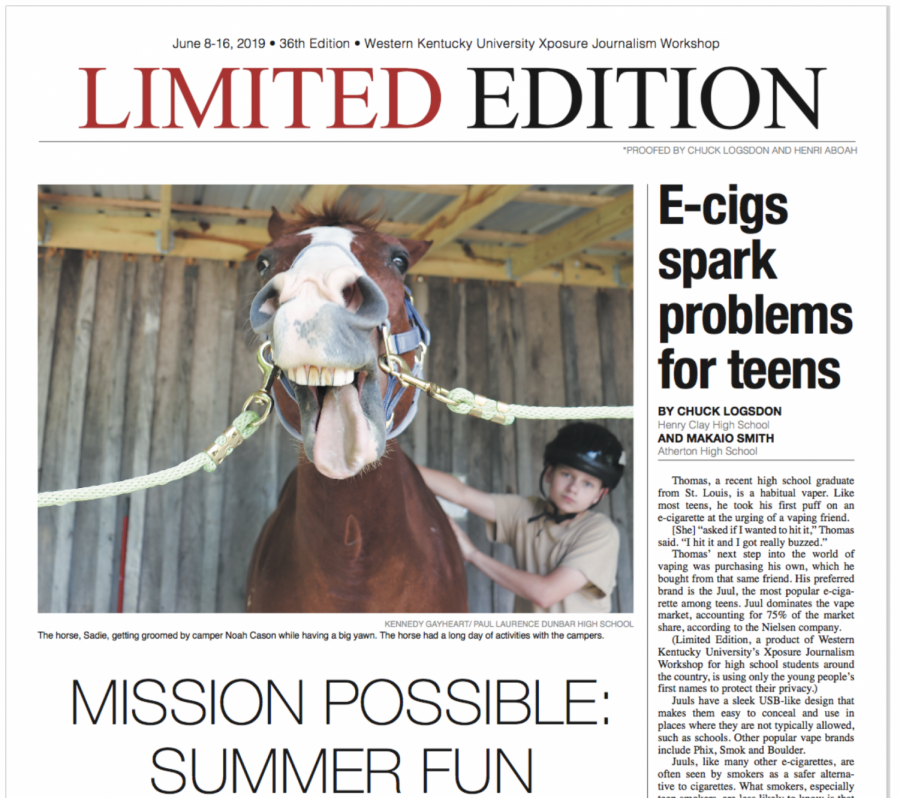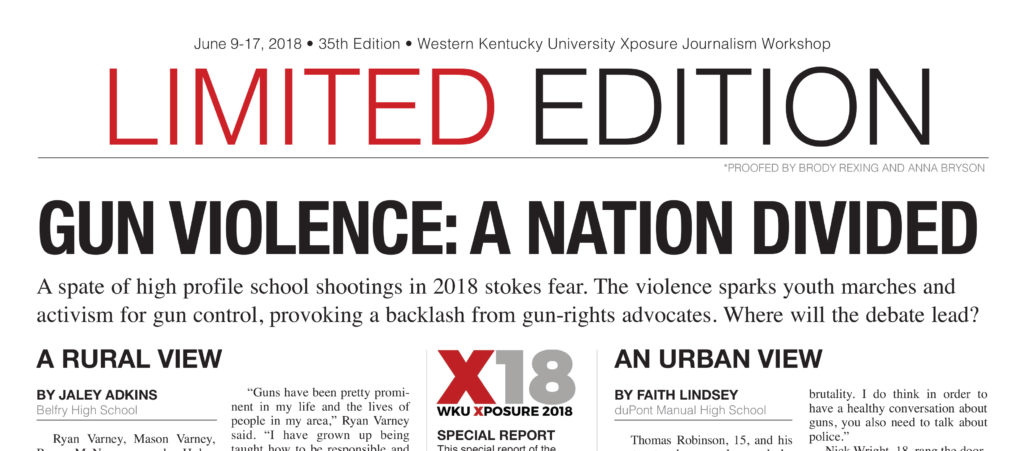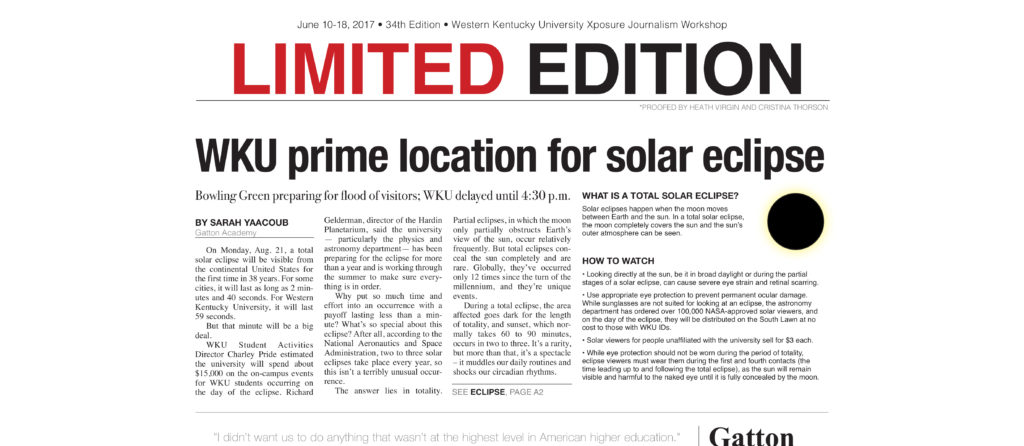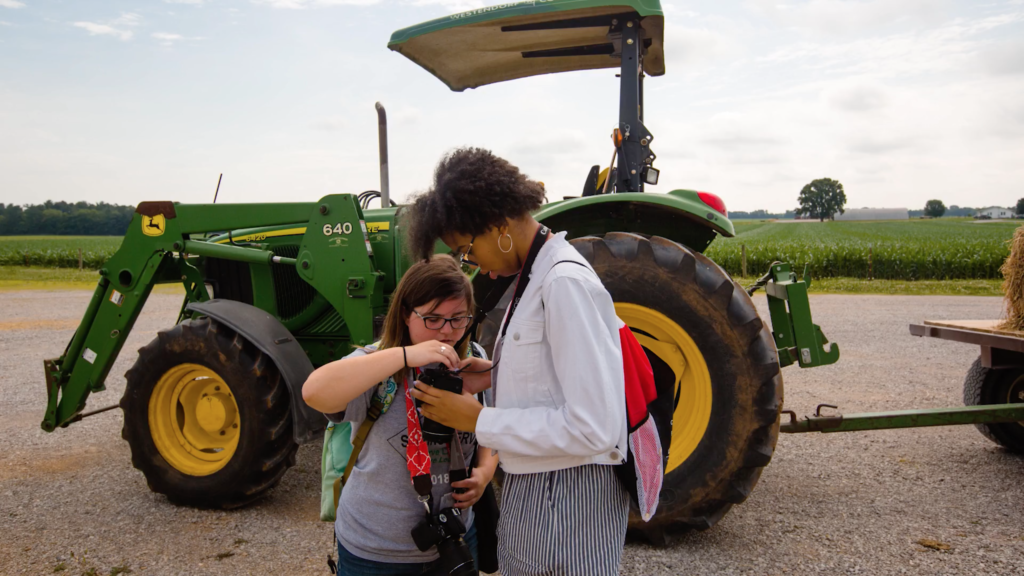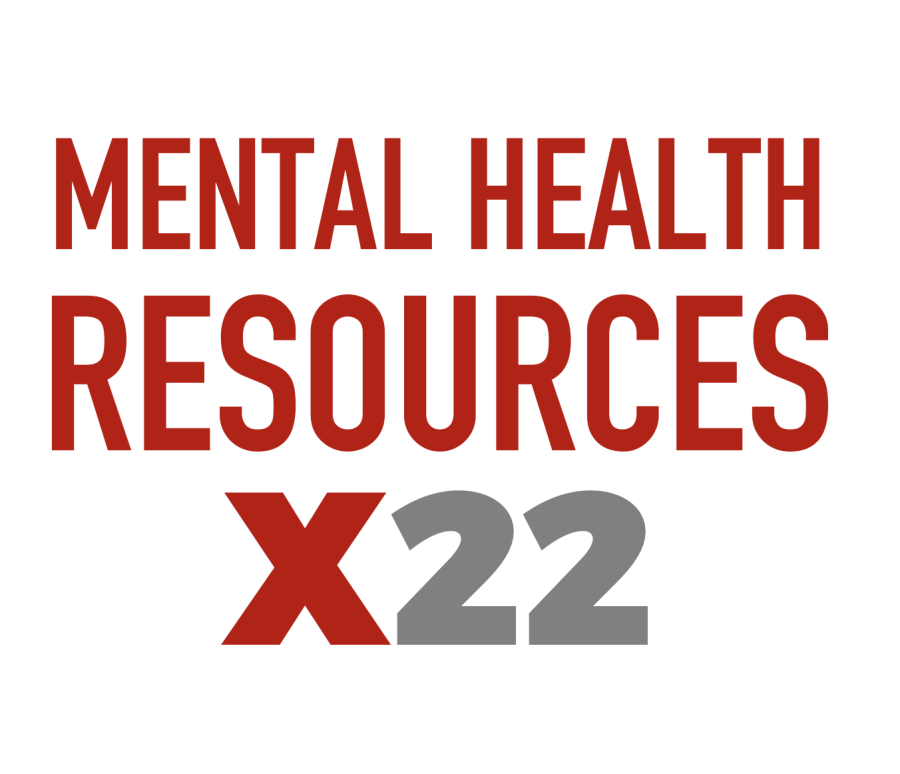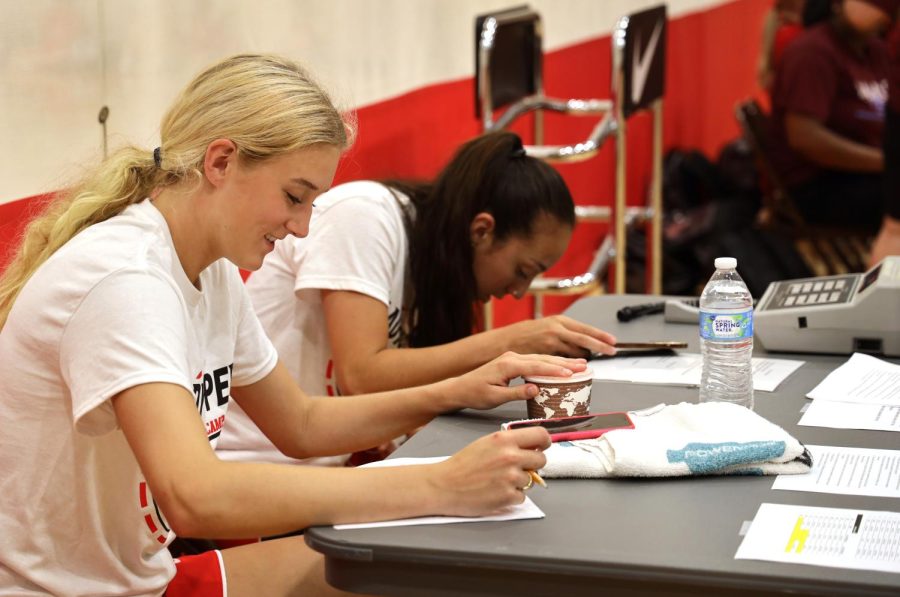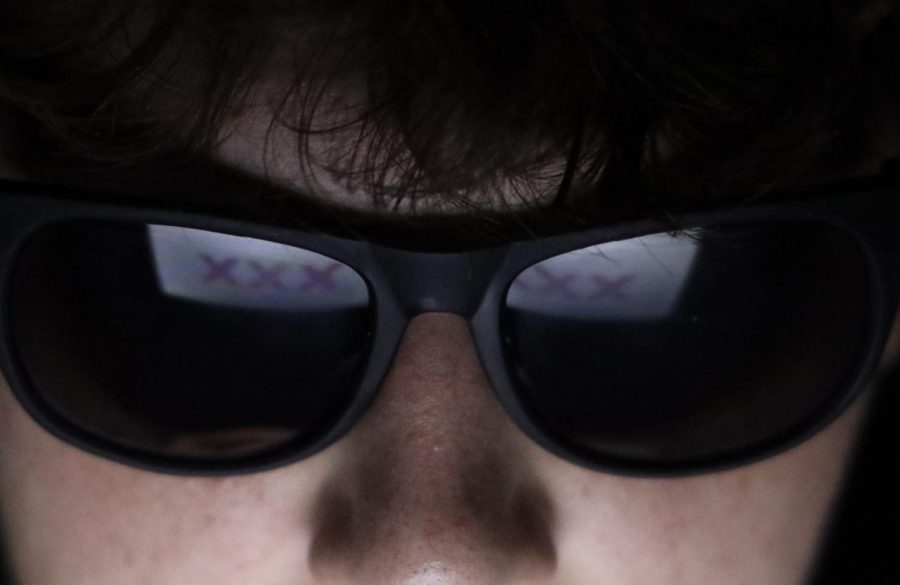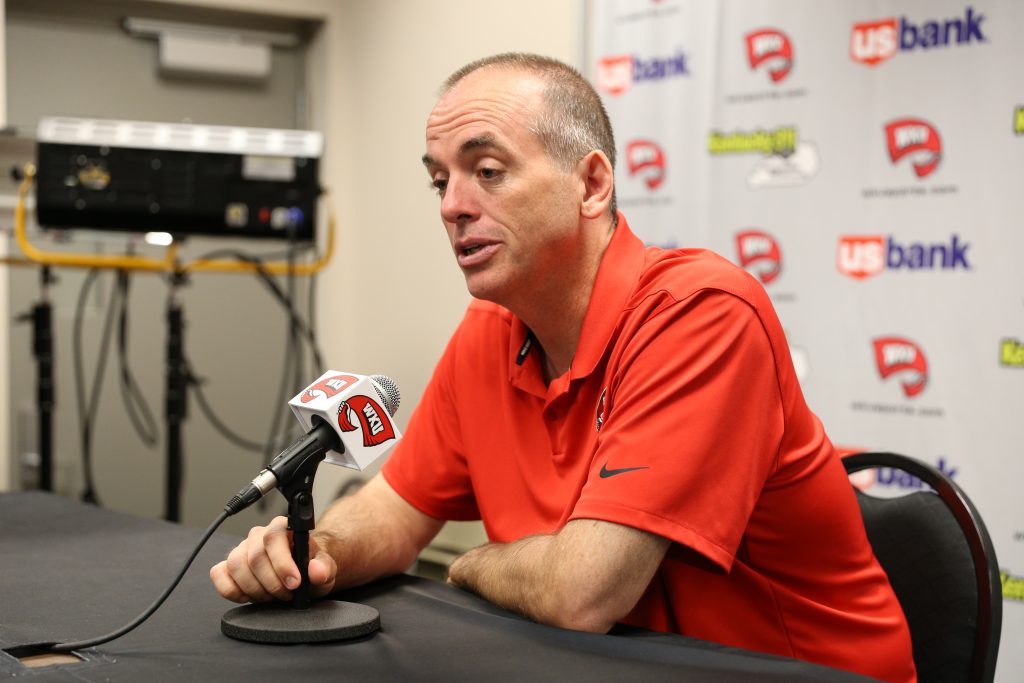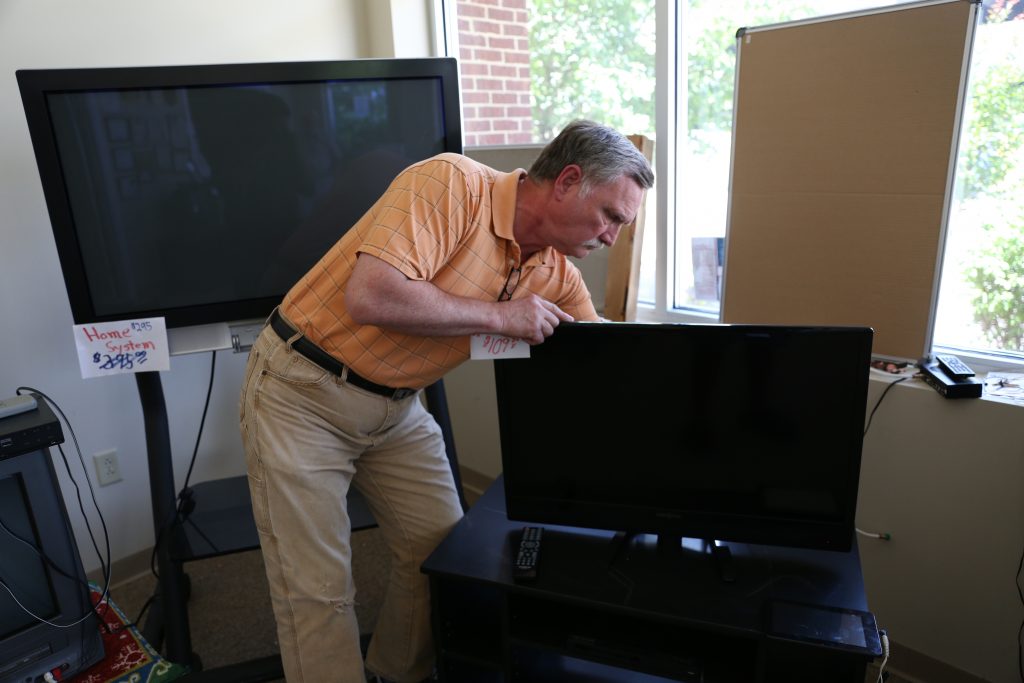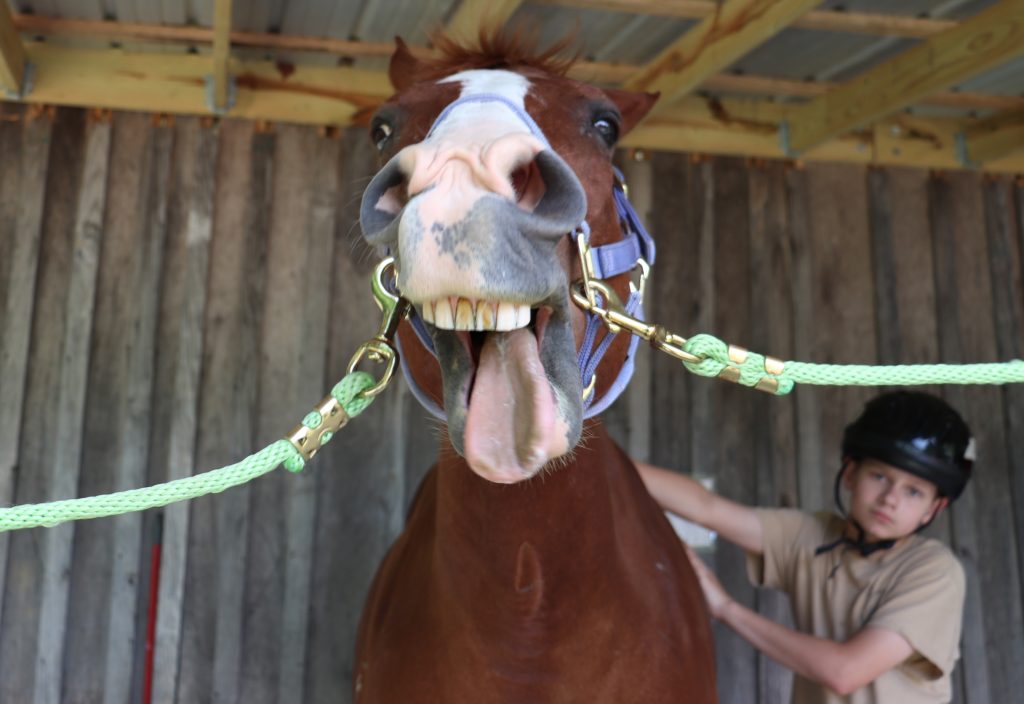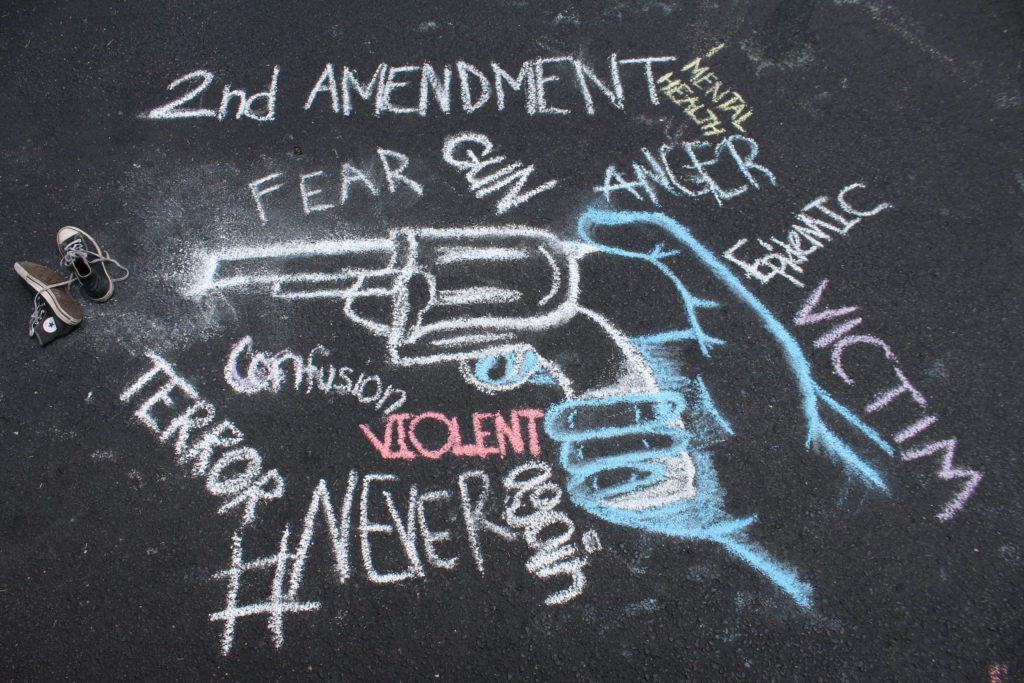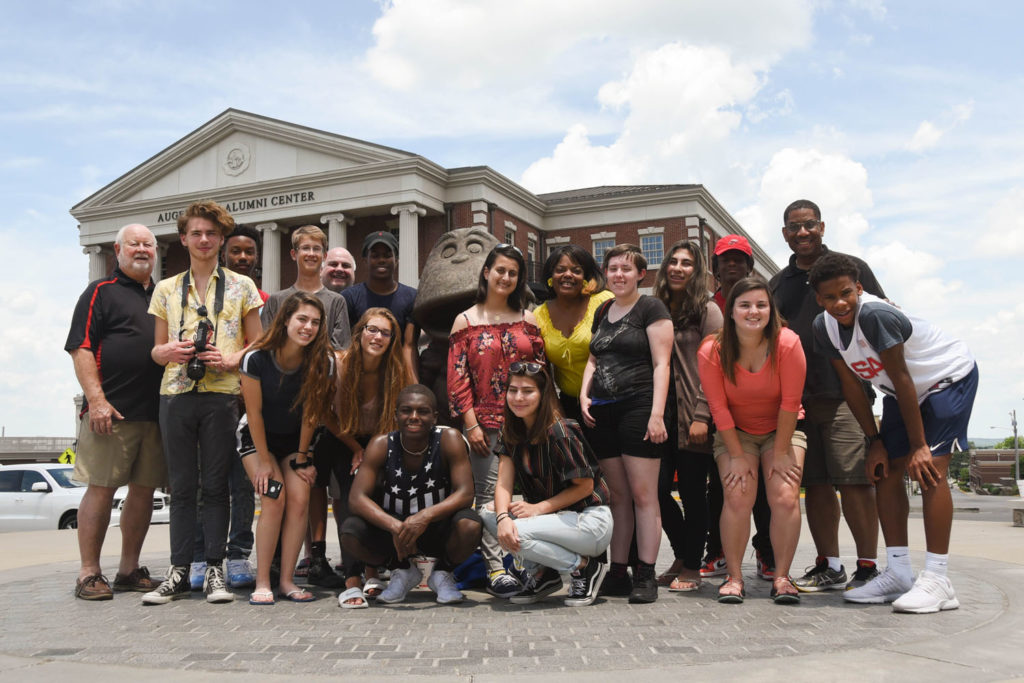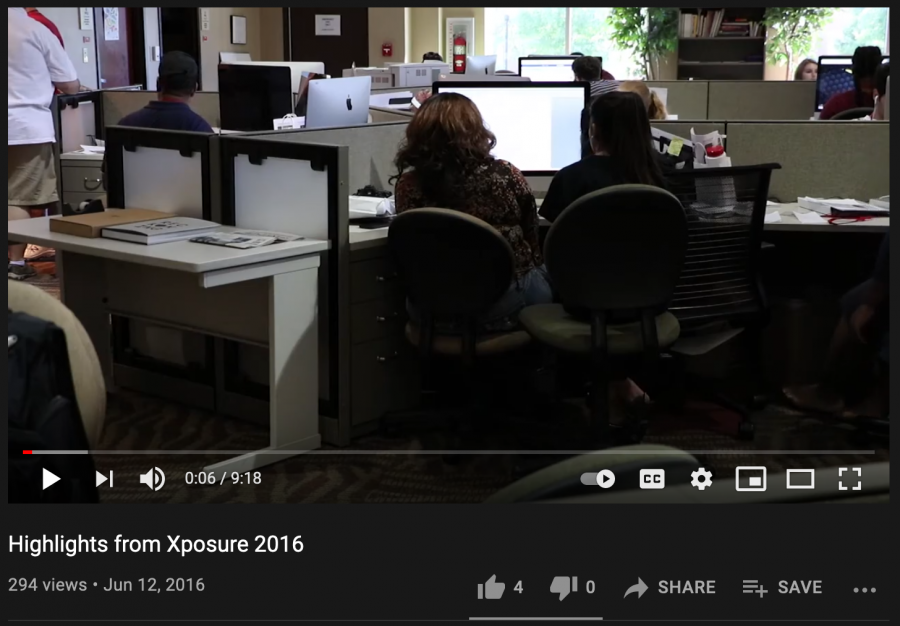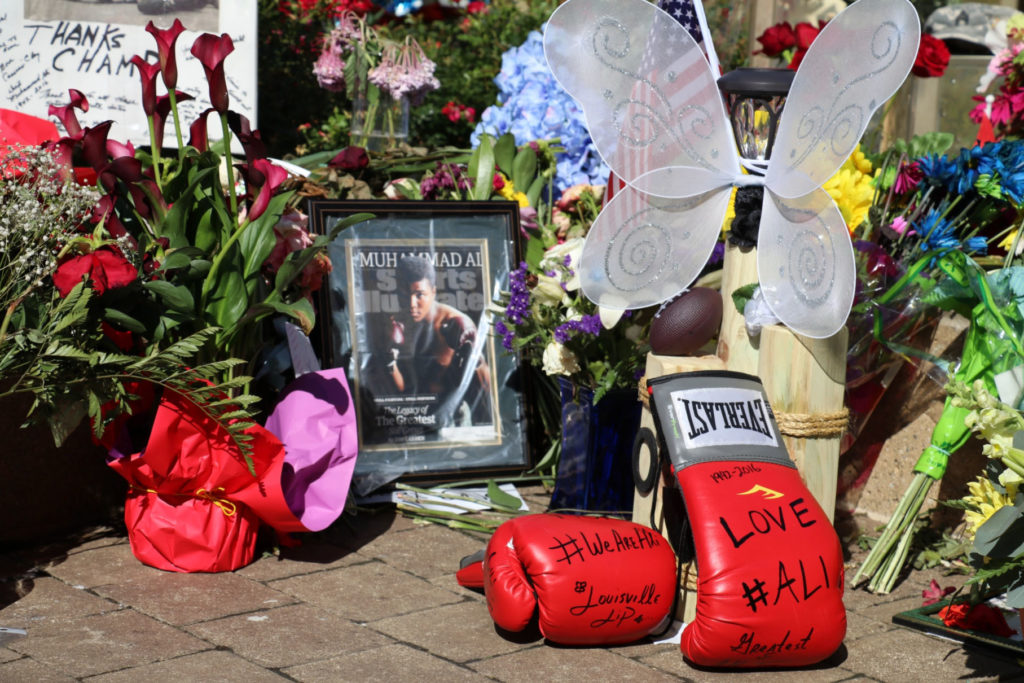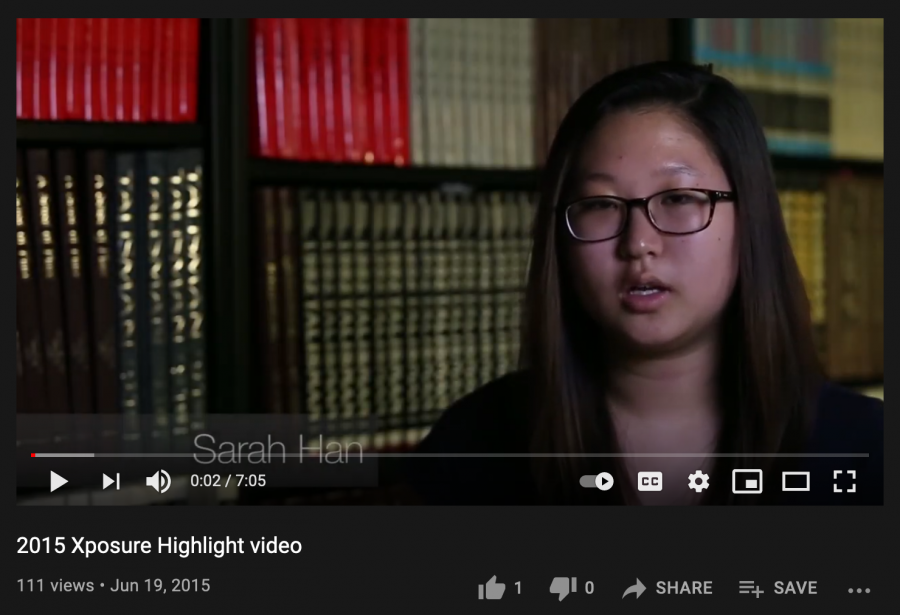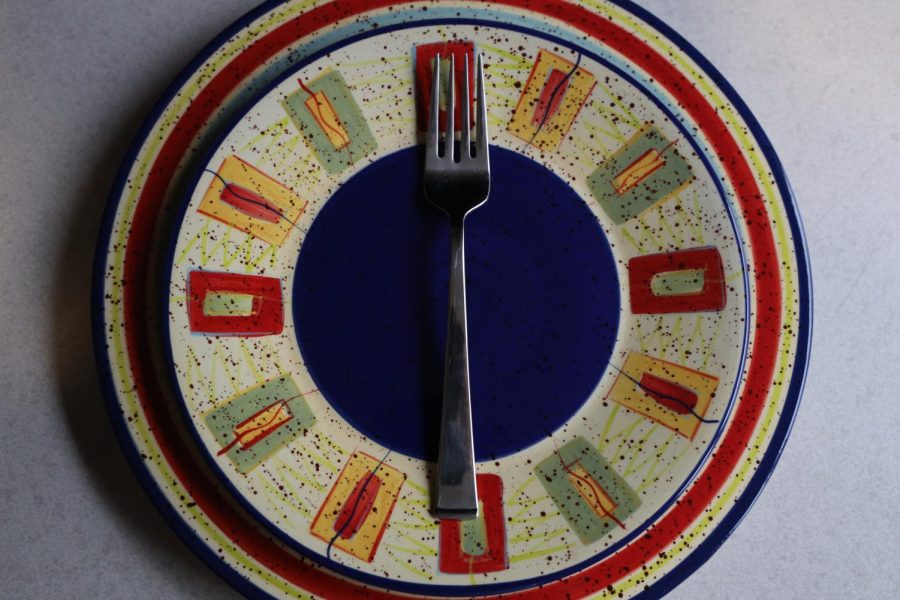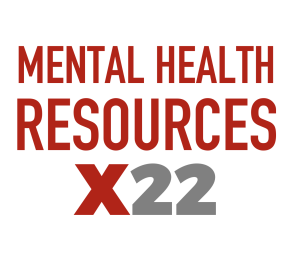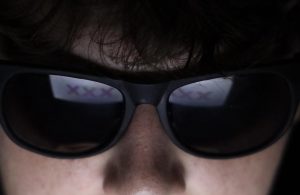Social media adds to challenge of eating disorders
An empty plate sits on a table, symbolizing eating disorders.
The American beauty standard is using social media as a puppet, and teens are facing the consequences.
Eating disorders have a recurring problem for today’s youth, and social media has been adding fuel to the ever-growing flame.
According to the National Eating Disorder Association (NEDA), “One study of teen girls found that social media users were significantly more likely than non-social media users to have internalized a drive for thinness and to engage in body surveillance.”
The ideal image is largely displayed on teens’ personalized feeds and this facade has caused some youth to develop dangerously intense body dysmorphia — a mental illness in which people develop a skewed perspective of their appearance and feel shame and embarrassment.
With the beauty standard being shoved down teens’ throats through the content on social media, it’s not always clear where the blame needs to go.
Alaina Middleton, a 15-year-old student at Assumption High School in Louisville, Kentucky, has been diagnosed with two eating disorders in her young lifetime. At the age of 13 she dealt with anorexia, where she restricted her eating with the intention of losing weight. Then a year later, she had bulimia, which involves binging followed by purging in the form of vomiting, diet restriction and intense exercise.
“I think it [social media] affected my body image,” Middleton said.” Seeing models and stuff who clearly edited their pictures and do insane things to get the body they have, really sparked something in me.”
Middleton faced her first eating disorder in the summer of 2020 as COVID-19 lockdowns gripped much of America. She felt self-conscious in bathing suits on social media and decided she needed to change how she looked. At the same time, she had people around her telling her to lose weight, which she said heavily contributed to her worsening body dysmorphia.
From there, the downward spiral began.
Middleton entered in-patient treatment for the first time in September 2020 for her anorexia, then she returned a few months later.
During the anorexia, Middleton worked with her mother to recover and her disorder did improve for a period of time. She was sick of looking unusually skinny so she started on the trek of recovery. She then developed bulimia which she kept secret from her parents until summer 2021.
One night, while she was throwing up, her mom walked in and discovered what her daughter was doing. Middleton didn’t initially tell her mom because she was terrified of having to return to treatment.
“I freaked out when she caught me. I was like ‘I can’t go back.’ I was terrified of gaining weight back; that was my biggest fear.” Middleton said.
Again, Middleton was admitted to a residential facility, this time for her bulimia. All the while, she was seeing a variety of therapists.
Her time in rehab caused issues between her and her family. She was away for almost two months, and it was too much for her parents.
“They told me that they couldn’t handle me being at rehab anymore and that I was ruining their lives as well as my own,” Middleton said. “And that they didn’t know what to do because that was their last option, and it made me feel like a burden…They said I ruined their lives when all I wanted to do was be happy in my own body.”
Middleton has had multiple therapists, each of which have contributed something to her journey.
Therapists have proven to be a very valuable resource for those struggling with unsafe eating habits, according to the National Library of Medicine.

(Lindsey Spencer, LD Photography)
Eating disorder therapist Hillary Bacon believes that social media largely worsens and can contribute to budding eating disorders. Bacon herself has been in recovery from anorexia for eight years. Her own personal experiences with the disorder contributed to why she began her career in eating disorders.
“I do not think that social media causes eating disorders, because there’s definitely not one cause. I think that it makes things worse. I think that it exacerbates things,” Bacon said. “There are things about social media that perpetuate the issue of eating disorders because number one, the beauty standard is just impossible because it’s fake. We just operate under this assumption that all of this is real, and it’s literally all fake.
“But we are comparing ourselves to not only an impossible beauty ideal — but a fake one.”
From Bacon’s research, she has concluded that what people see on social media is stored in their subconscious and can influence their decisions without them even knowing. Several social experiments have proven that people act with regard to a reality that our subconscious provides, even if that reality is false.
However, there is some hope as some social media fights back against the negative impact on teens’ mental health through taking down content if it violates community guidelines.
Bacon spoke on the fact that Tik Tok specifically does have censorship for triggering subject matter. This will block anyone under a certain age from seeing things that have been flagged as potentially triggering. These matters include topics such as eating disorders, self-harm, sexual content and more.
As well as having immense downsides, social media also has good aspects. It can provide community, which is one of the most important things to have for someone struggling with a mental illness. Middleton was forced by her parents to get off of social media, and one of the things she noticed is how lonely she became because of that loss of community.
According to Amanda Lenhart of the Pew Research Center:
- About 94% of teens say they spend time with friends on social media.
- 30% say they spend time with friends on social media every day.
- Another 37% say they do so every few days.
When asked to rank the ways they communicate with friends, 66% of teens said they use social media sites like Facebook or Twitter.
Over the last year of Middleton’s recovery, she has been having open conversations with her family to get them to understand her perspective. The road to mending her relationship with her parents is long and slow, but she has made progress.
Middleton is also left to heal her relationship with herself and her own body.
“I wish I could tell my younger self that it’s not worth it,” she said. “Here I am, two years later still struggling with my body image because of how I acted two years prior. I still struggle with throwing up sometimes. My body image, I still struggle with that, and in recovery, I gained a lot of weight and that really just took a toll on my mental health, gaining all that weight back. But I have definitely been better.”
Middleton has found a therapist she really loves and she feels understands her. She attended her last rehab in late summer of 2021 for bulimia and has been in recovery ever since.


